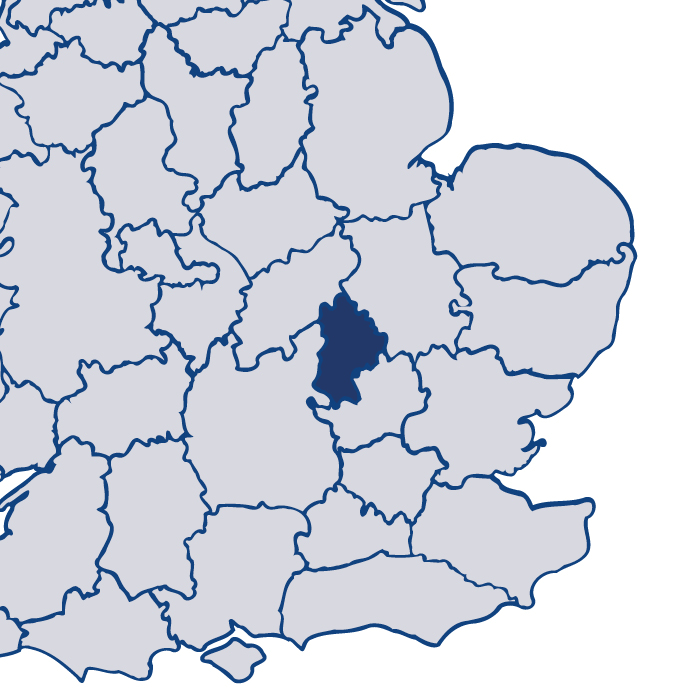Bedfordshire 2018/19
Read more about BedfordshireThis is HMICFRS’s fifth PEEL (police effectiveness, efficiency and legitimacy) assessment of Bedfordshire Police. PEEL is designed to give you information about how your local police force is performing in several important areas, in a way that is comparable both across England and Wales, and year on year.
Bedfordshire Police was inspected in tranche three and we found:
the extent to which the force is effective at reducing crime and keeping people safe is good.
the extent to which the force operates efficiently and sustainably is good.
the extent to which the force treats the public and its workforce legitimately is good.
Download the full report
PEEL: Police effectiveness, efficiency and legitimacy 2018/19 – Bedfordshire Police
HMI's observations
I am very pleased with Bedfordshire Police’s performance in keeping people safe and reducing crime. In particular, I note the improvements the force has made since 2017 in its efficiency and effectiveness.
Since our last inspection, the force has improved how it prevents and investigates crime. It has also developed better ways to make sure that it identifies and protects vulnerable people.
The force has improved some of its crime recording processes but still has more work to do.
The force has a good understanding of the current demand for its services. This influences the annual planning cycle to ensure that resources are directed to force priorities. The force needs to gain a better understanding of the skills its workforce currently has and those it is likely to need. This will enable it to develop strong, sustainable financial and workforce plans for the future.
Senior leaders ensure that the workforce understands the importance of treating the public and each other with fairness and respect. The force continues to uphold an ethical culture and promote the standards of professional behaviour it expects.
Overall, I commend Bedfordshire Police for the progress it has made over the past year, which provides a good foundation for continuing improvement in the year ahead.
Effectiveness
How effectively does the force reduce crime and keep people safe?
Efficiency
How efficiently does the force operate and how sustainable are its services to the public?
Legitimacy
How legitimately does the force treat the public and its workforce?
Other inspections
How well has the force performed in our other inspections?
In addition to the three core PEEL pillars, HMICFRS carries out inspections of a wide range of policing activity throughout the year. Some of these are conducted alongside the PEEL inspections; others are joint inspections.
Findings from these inspections are published separately to the main PEEL reports, but are taken into account when producing the rounded assessment of each force's performance.






